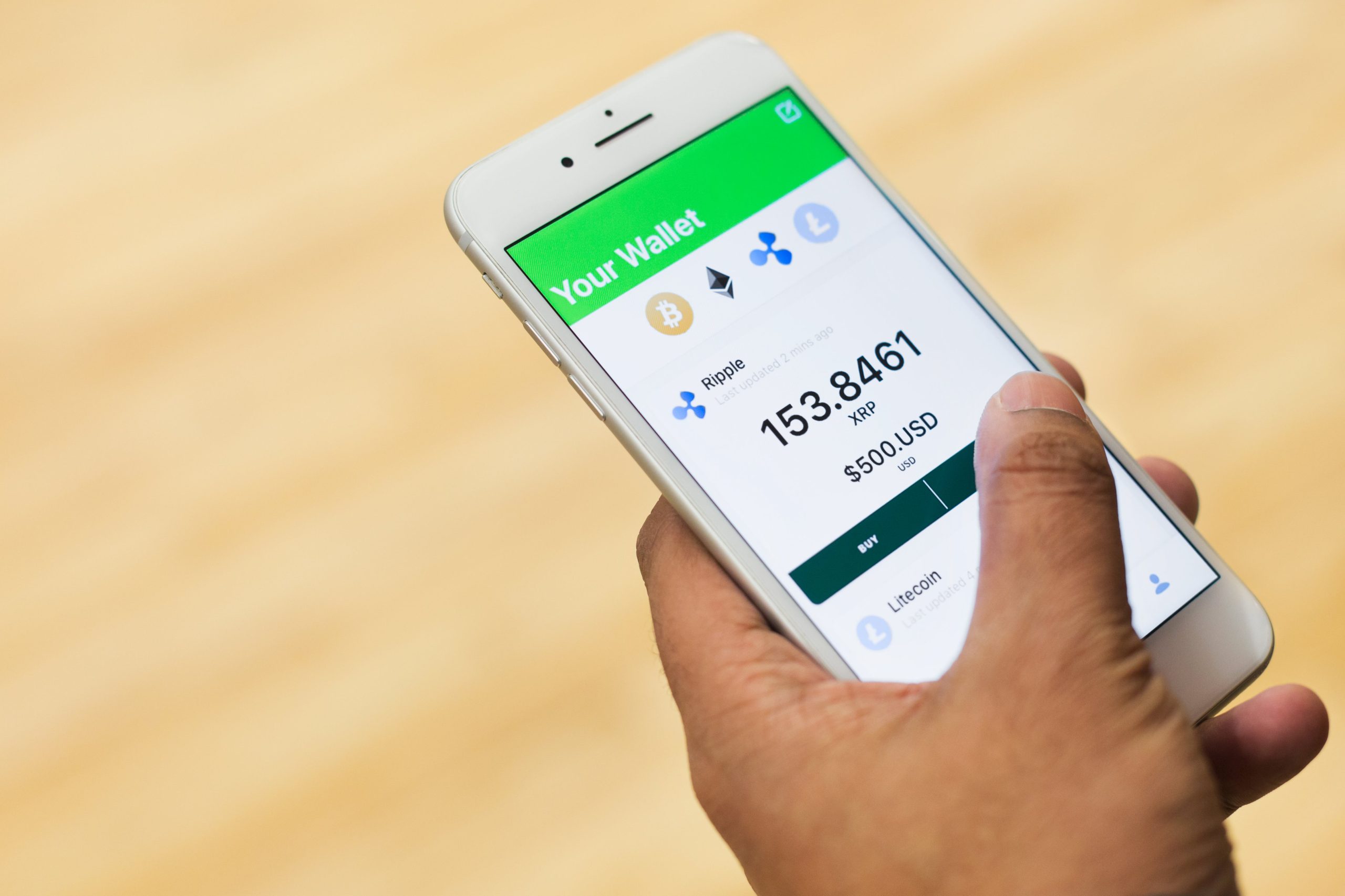What Is a Corporate Bond and How Do They Work?
Investors in the middle of 2000s learn that it is vital to always have cash flows from different investments thanks to the stock market crash. Many have therefore since then engaged in investments that are either low, or moderate risk in nature and have attractive returns.
Corporate bonds are one such option. For income oriented investors, these bonds offer risk commensurate coupons at predictable time intervals. These bonds are in the middle between the low risk and low coupon government papers and normal equity shares which bear higher risks but also higher returns on investment.
It is not that these bonds do not come with some negatives. Thus, the negatives that come with individual corporate bonds must be understood fully before making an investment decision.
What Is a Corporate Bond?
Corporate bonds are a type of bond or debt security, which is issued by a corporation or a governmental body or organization; under this, the private firms finance their business activities. These companies pay interest to investors in return for buying bonds issued by them.
Like several other interest-paying assets, companies’ funds collected from corporate bonds are generally allocated to capital expenditure projects. These projects can include a vast range of investments such as: Erecting new storage space or manufacturing a new plant Buying or renting new real estate Buying or renting fresh industrial plant or factory equipment Expanding the stock of the company’s products available for sale. Normally, the value of a single issued bond for a corporate bond is 1000 U. S. dollars equivalent to the term “par value”. This is the amount owed by the issuer to the bondholder when the bond matures. However, a few bonds can usually have to be bought containing two or more units and thus in which case, the minimum investment amount may be for instance $3000 or $5000. Corporate Bonds Structure Money from the sale of corporate bonds is usually used up to the hilt. Bondholders receive regular interest payments, which may be once or twice. They are most sought by those investors who look for income from investment, especially financial institutions seeking to balance out riskier investments or retirement investors who are in need of regular interest income for a specified duration. Maturity Period & Call Date Like other bonds, corporate bonds also have a coupon payment date and a maturity date that represents the date when the principal is returned to the bondholder. The time betwixt the calling of the bond since its issue and the time when it is fully paid off can be as little as one year or fifty years.
Corporate bonds having a term of less than one year are called “corporate paper” or “short-term financing.” These securities are generally purchased by institutional investors such as banks, mutual funds, or hedge funds as opposed to retail investors.
Highlight in addition. Many corporate bonds are also callable and the call provision comes within a pre-determined call date. The call date is when a bond may be called back by the company which is usually for the issuer to save money if they do not necessarily need the money anymore.
Prospectus
As we may know that public offer and securities overview are advanced tools providing additional resources for the company undertaking certain activities, first of all, any prospectus has to describe what the even shall be undertaken with the new funds raised through offering new bonds to the general public. This requirement extends even to private institutions, which can not be traded on the stock exchange.
The prospectus outlines important features of the bond including its amortization profile with periods including maturity and any related call features. The prospectus outlines the introductory interest rate on the bonds coupon and how and when the bonds will pay out interest either monthly, quarterly, bi-annually, annually or at the end of the loan when the loaning institution calls back the bonds.
This section of the prospectus describes the rights of bondholders in case the company retorts to any defaulting actions or declares bankruptcy. It explains the possible order of different classes of investors being repaid based on any collateralized bonds being in-order or non-collateralized.
Corporate bonds can be further classified in to secured bonds and unsecured bonds which are further herein under.
Secured bond issued by an entity is supported by specific collateral, for example, property like house, or business assets or cash. Collaterals support secured bonds, and in securities firms, if the bond issuer enters bankruptcy, then the secured bondholders can dispose of those properties.
Debentures are sometimes referred to as unsecured bonds as they do not have backing of any tangible assets but only on the Weight of the corporation. Unsecured law bondsholders cannot recover any property even as interest payments due on bonds may have to be given up and repay most of their capital without recovering much from the corporation if it liquidates.
There are bonds that will always be unsecured for instance convertible bond which allows the owner’s shares to the company’s stocks at a certain period. There are also many other fixed-rate and variable-rate bonds which are either secured or unsecured. Jason is the bond and prospectus in the company which secures the bond.
In view of the fact that unsecured bonds carry more risk to the man, they are likely to be offered to the investors at higher interest rates barring the secured bonds. On the other hand, even when convertible bonds are considered they will always have lower interest rates because of the conversion feature.
Corporate Bonds Vs. Preferred Stocks
Corporate bonds have some similarities with preferred stock which includes issuance of periodic payments to investors which is likely to cause some confusion to the less knowledgeable investors.
Nevertheless, like all financial products, they have some key distinctions:
- Debt Vs. Equity: A corporate bond always represents or is an instrument of every debt in issuance and no ownership participation in a letting organization comes with it. Ivcatene, a preferred share fluctuates, is an fixing instrument and therefore gives ownership of the organization.
- Liquidity: In some instances, corporate bonds and preferred stocks can be disposed of in the secondary market. Preferred stocks, however, due to their incorporation in the nyika stock market are more liquid as compared to the bonds stakes.
- Repayment Order: Since, preferred stock holders and holders of the common stocks are paid out in this order who have preferred corporate bonds in the case of bankruptcy may be repaid.
- Exchange For Common Stock: Usage of the Issuer’s common shares under certain circumstances and at will is possible through the help of convertible corporate bonds. Using ratios preferred stocks can always be ordered in ratios for stocks.
Corporate Bonds Classifications
Corporate bonds come in various forms as a corporate bond cannot fit into just one type.
Step-Up Bonds
Step–up bonds are where the offered interest increases periodically over the tenure of the bond. The interest rate is set at the time of the issue, relative to the bondholder’s risk rating system. High-rated firms have bonds borrowing costs that are lower than their low-rated counterparts.
Fixed-rate bonds bear interest payments to the bond holders on a semi-annual basis which makes the highest category of bonds in the market.
Income Adjustable Bonds
Interest Income adjustable bonds have rates of interest which are redirected usually depending on the long-term market rate indicators such as one off the largest issues, adjusting once a year and having other consuming features. The coupon is based on the ratings of the company when interest payment is made.
Index-Linked Bonds
These bonds are borrowed in an evening loan market where the interest rate varies according to turbine organizers called the LIBOR or the FM, which the organization would be in, whenever they make an adjustment to, or rather their repays. As opposed to how adjustable bonds are fitted, only once a year, these floating-rate bonds sit most of their rerate their rate interest determining after a quarter(Date period) of interest payment to a floating bond.
Zero-Coupon Bonds
There is no time during which any interest is paid on zero-coupon bonds. They are rather issued at a discount of the principal amount since that also is their bonus. Upon maturity, the investor exchanges this bond for its par value and makes a gain against the initial price.
Callable Bonds
These include callable bonds, which allow the issuer to repurchase such bonds after a certain lock-up period but prior to maturity. The first optional date of the bond after which it can be repurchased is commenced at the call date.
The repurchase of the bond is optional. For example, a company issues he callable bond having a maturity date of January 31,2030 and a call date of January 31, 2024 can buy back the bond after the call date but this is not a compulsory action.
If a bond is called, the payment for it shall be done at face value plus any outstanding interest accrued thereafter. A Callable bond includes fixed interest rates, variable and floating.
This would prompt a company to call back bonds for some reasons, but the main reason to explain why they do this is because interest rates for new issuances have presumably fallen hence new debt can be issued at lower reasonable rates.
This is because since the called bonds are normally substituted with the lower yield bonds, then an investor whose bond has been called may have to walk through the other bonds of similar risk degree but lower returns compared to the called ones. Hence this is a disadvantage to the investment because the yield of the investment decreases since every the capital is put in bonds whose future interest payment will not belong to the investor.
Putable Bonds
As for putable bonds, they are also referred to as put bonds or retractable bonds, which is the reverse of callable bonds. Once the dates specified by the issuer have passed, putable bond holders are entitled to request repayment of the principal amount together with the accumulated interests payable.
This oftentimes arises when a bondholder dies. The beneficiaries may enjoy something called “survivor’s option”, allowing them to offer inherited bonds back to the issuer.
Especially they can use the put option in the event of inflations. When interest rates increase, bonds which are associated with low-interest rates become less y attractive therefore their value in the market begins to decrease. Bondholders might want to use the put option earlier than had been anticipated and seek to purchase bonds that offer better interest rates.
Putable bonds are regarded as safer and more alluring investments since they grant investors, the option of being repaid earlier and is thus less risky. In exchange, they usually provide cheaper interest rates.
Convertible Bonds
The convertible bonds also have a convertible feature in which they are compulsorily exchangeable at a pre-specified number of the common stock equity q of the company of the issuer, so that the bond holder has some control over the share capital of a company.
The simple feature of provisions in the same way as in callable and putable bonds, is that such convertible bonds are subject to restrictions on when and what rate of conversion is done. These bonds are likely to be more active than the most mortgages or debentures to the change in market price the stock price of the corporation gets.
Corporate Bond Ratings
Additionally, credit rating at least one of the major US rating agencies Fitch, Standard and Poor’s, or Moody’s is underpinning corporate bonds/corporate commercial papers (Rated). Every agency has its own letter-grade display, but the most important division is that of investment grade and non-investment grade which represents subs- axes of bodies of risk entities.
Such bonds of non-investment grade can be called indiscriminately as ‘Future junk’ or surrendering to nicety be high-yield bonds. In scale of S&P most commonly used in America any bonds below rating BBB- are outside the boundary of investment.
Positive relationship between a bond’s yield and the issuer’s credit rating means that an issuer with high credit standing has a lower yielding bond.
Bonds that are rated lower are expected to carry more risk of not paying off or company default relative to bonds rated highly but will offer higher rates of interest which are too high than what depositors p3nceived they could earn on a savings account or certificate of deposit. This is for some investors reasonable.
Most of the time, corporate bond holders gain more security as compared to stockholders. Even if a company that is publicly held may choose to suspend payment of dividends either on the common or on the preferred stock





